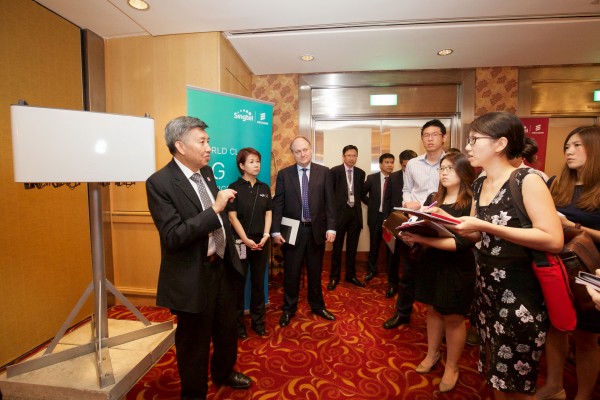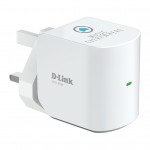
Singtel will be testing how 5G wireless networks can be used, for example, in Singapore’s various smart nation projects, after it signed an agreement with Ericsson to bring the evaluation of the nascent technology from the labs to city streets in Asia-Pacific in the next five years.
The technology has been shown to offer speeds of up to 5Gbps – 16 times that of the fastest 300Mbps 4G service available now – but so far the terminals or phones are the size of a cupboard on wheels.
Actual consumer trials could start closer to 2020, when more practical devices become available, said Singtel group chief technology officer Tay Soo Meng.
He cautioned against rushing the technology out too early, when standards are not yet firmed up, and leaving users with incompatible smartphones later on.
In its deal with Ericsson, Singtel will test how the new technology, which also promises low latency, can be used to zip through data in the air almost instantaneously.
At demos today for reporters, the two companies showed a miniaturised excavator remotely controlled in real-time by a user wearing a pair of virtual reality goggles to dig up a mock-up construction site.
It was telling, however, that the demo relied on a local Wi-Fi connection. Company representatives stressed that a fast 5G connection offered more flexibility, for example, when in remote areas or in the aftermath of a disaster when fixed line networks are cut off.
Still, it is clear to many in the industry that 5G is still very much a work in progress. Besides visions of low latency and high bandwidth on the go, as well as support for more densely packed network cells, there is no firm agreement yet on exactly how fast 5G should be, or what the network standards are.
And the industry has a poor record of standardisation. In the 2000s, 3G services were vastly different in various parts of the world for a long while, and 4G until recently meant services of quite different speeds in different places.
With 5G, telecom operators are being involved at the start, to tell technology vendors what users want to do with the technology, said Tay today. He was confident a 5G standard among telcos would make compatibility issues less of a headache for users, unlike with 4G previously.
Singtel has not confirmed which frequency would be used for its 5G networks in future, he added. The use of old 2G frequencies for 4G in Singapore, he pointed out, was an example of how flexibly the technology can be rolled out.
In 5G trials in Singapore and other countries where Singtel has a stake in local telcos, one of the first things to test is what 5G can actually be used for.
Besides Ericsson, Singtel last year also agreed to explore 5G uses with China’s Huawei. Elsewhere, in South Korea, trials are being prepared to enable users to download a high-definition movie in just six seconds and hook up even household appliances such as smart fridges.
In Singapore, Tay said the need to connect up sensors in a smart nation build-up could tap on 5G’s low-latency links in future, even though other wireless technologies such as 4G and a hybrid HetNet could come into play earlier.






